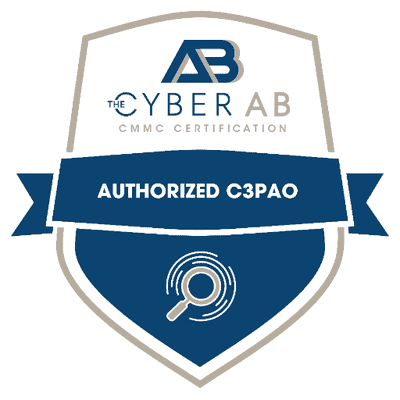The U.S. National Institute of Standards and Technology (NIST) has updated its Password Guidelines, marking a significant shift in recommended best practices for password management. Here’s a breakdown of the key points and changes from the latest draft of SP 800-63-4, published in September 2024.
Major Changes in Password Management Practices
- No More Complex Character Requirements: NIST now advises against the traditional recommendation of using a mix of character types (uppercase, lowercase, numbers, and symbols) in passwords. This change aims to simplify password creation while maintaining security.
- End of Mandatory Periodic Changes: Organizations are no longer required to mandate regular password changes unless there is evidence that a password has been compromised. This aims to reduce user frustration and improve compliance.
- Ban on Knowledge-Based Authentication: NIST has eliminated the use of knowledge-based authentication (KBA) or security questions as a means of verifying identity. This is to enhance security, as these methods are often easy for attackers to bypass.
Recommendations for Password Creation
Despite the relaxed requirements, NIST still emphasizes strong password practices:
- Minimum Length: Passwords should be at least 15 characters long to enhance security.
- Maximum Length: Users should be allowed to create passwords of up to 64 characters.
- Character Variety: Both ASCII and Unicode characters should be permitted, allowing for greater complexity without overcomplicating password requirements.
Context and Implications
These changes reflect a growing consensus among security experts, including the U.S. Federal Trade Commission and Microsoft, who have long advocated for these principles. The updated guidelines aim to streamline password management while maintaining robust security standards, making it easier for users to create and manage their passwords effectively.
Conclusion
NIST’s revised Password Guidelines represent a significant evolution in password management practices. By moving away from complex character requirements and unnecessary periodic changes, the new guidelines are designed to enhance both user experience and security. Organizations should review these updates and adjust their policies accordingly to align with these new best practices.
For more details, you can check out the official NIST publication.
Stay secure out there! 🛡️






